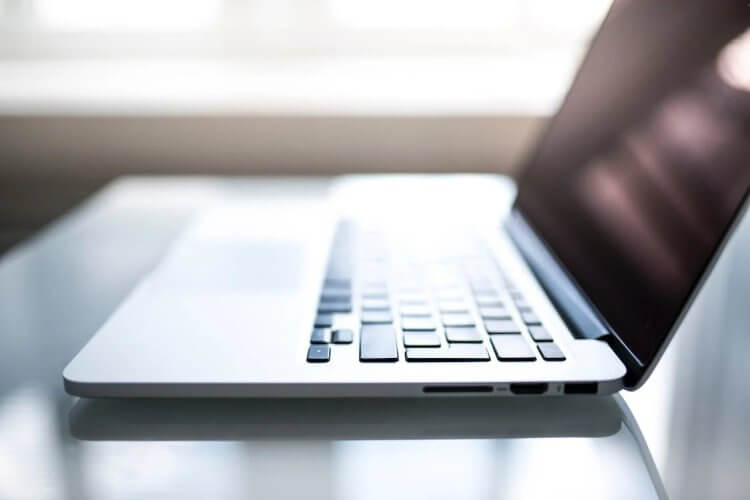The working time of employees is one of the key components of the successful functioning of any company. For many organizations, it is important to know how effectively employees' time is used and how it affects business productivity. Companies can use legal time monitoring to achieve these goals and track employees' working hours.
Legal Working Time Monitoring: What is it and how does it work?
Legal monitoring of working hours includes the collection, analysis and storage of information about the working hours of employees. This process may include recording employee arrival and departure times, rest breaks and lunch breaks, as well as determining time spent on specific tasks or projects.
Commonly, various tools such as accounting systems, biometric devices, access cards, etc. are used to collect information. However, it is important that the monitoring is carried out in accordance with the law and taking into account the rights and interests of employees.
03.10.23 – ICO publishes guidance on ensuring legal workplace monitoring. Research commissioned by the ICO shows that 70% of the population would consider surveillance by an employer intrusive. Any monitoring must be fully compliant with data protection law. The ICO has published guidance for employers on lawful, transparent and fair monitoring of workers. The ICO urges organizations to consider both their legal obligations and the rights of their employees before undertaking any workplace monitoring. With the rise of remote work and the advancement of available technology, many employers are looking to conduct background checks on employees. So the ICO has published guidance to help employers to fully comply with data protection law if they wish to monitor the work of their employees.
Therefore, if a company seeks to monitor the work of employees, it must take the following measures first:
- Familiarize employees with the nature, scope and reasons for monitoring.
- Having a clearly defined goal and using the least intrusive means to achieve it.
- Have a legal basis for processing employee data, such as consent or legal obligation.
- Tell employees about any monitoring in an understandable way.
- Keep only important information for work.
- Conduct a data protection impact assessment for any monitoring that may lead to a risk of employee rights being violated.
- Provide employees with information collected during monitoring, etc.
Сonclusion
Monitoring working hours can be a useful tool for business, but it must be done within the limits of the law and with respect for the rights and interests of employees. It is important to develop policies that promote fair and transparent monitoring of working hours and take into account employee privacy.

